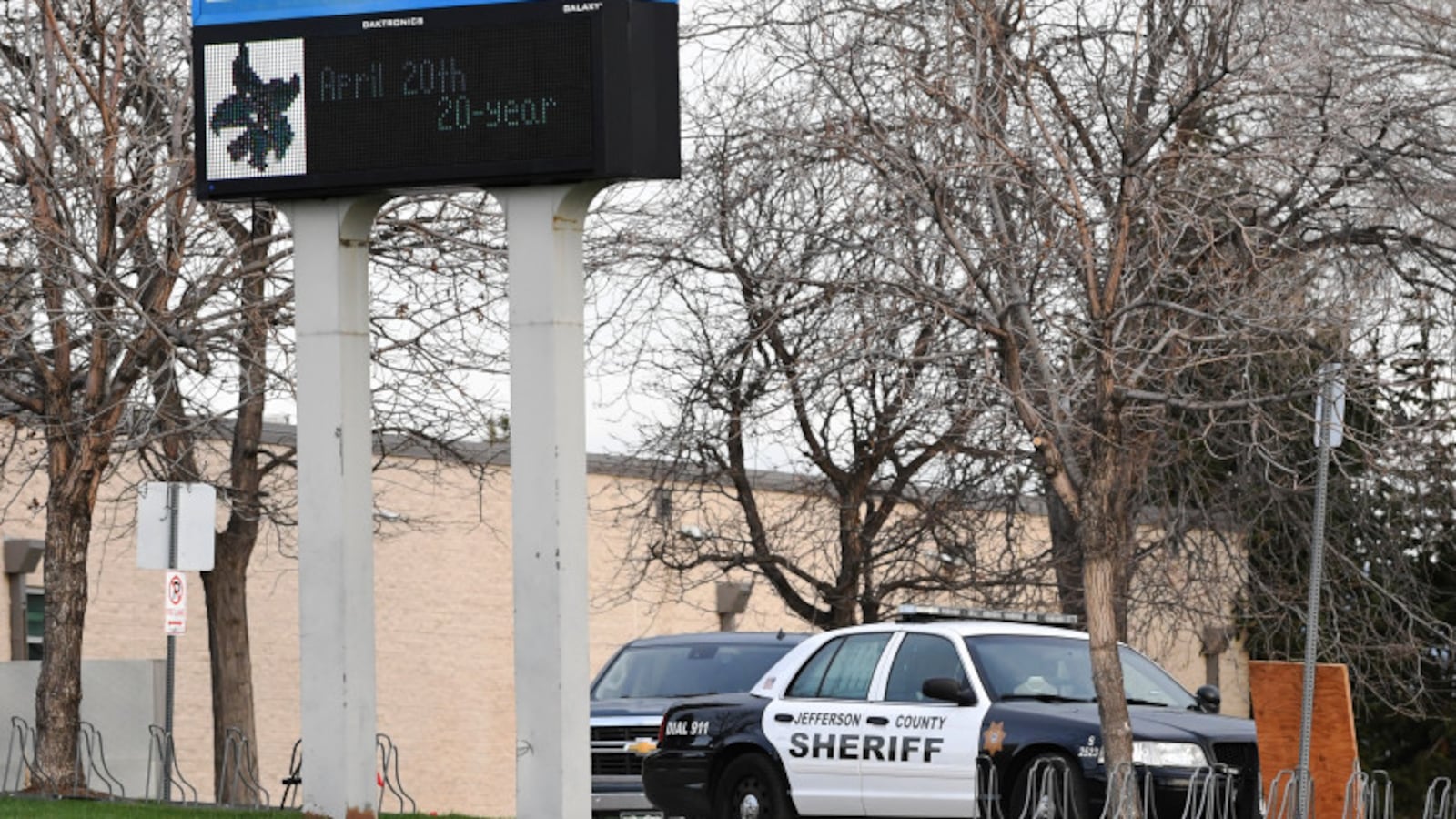Closing more than two dozen school districts across Colorado in response to a threat from a single individual was unprecedented, but it might not be the last time that school administrators and law enforcement make a similar decision.
About 60 percent of Colorado K-12 students — including those in Jefferson County, Denver, Aurora, Adams County, Littleton, Douglas County, and Cherry Creek — were home Wednesday, after reports that a Florida woman had traveled to Colorado and made unspecified threats to local schools. The incident coincides with the 20th anniversary of the deadly Columbine High School shooting, which took place on April 20, 1999.
“To close an entire metro area was not an easy decision but it was the right decision to protect all our kids,” said John McDonald, Jeffco Public Schools’ security chief. “A student that doesn’t feel safe in school is not a well-educated student. They can’t focus, they can’t study, they can’t take that test.”
Sol Pais, 18, reportedly had an obsession with the Columbine murders. She was found dead on Mt. Evans Wednesday, from an apparent self-inflicted gunshot wound, authorities said.
McDonald said the threat posed by Pais “felt different and was different” than the threats that his school system deals with on a regular basis. In particular, it seemed that Pais was highly motivated because she bought a plane ticket and then purchased a gun from a gun shop near Columbine. Law enforcement officials said the purchase was legal, but additional reporting from Colorado Public Radio casts doubt on that assertion.
Jeffco Superintendent Jason Glass said Wednesday that he and his fellow superintendents from nearby districts spent much of the day talking about how to reopen schools safely if Pais was not found by the end of the day.
It all amounted to one individual holding area districts “hostage,” Glass said. But he noted that lessons gleaned today could be put to use should there be a copycat case in the future.
“This may not be the [last] time we see something like this,” he said. “We are developing systems and procedures on how we will react to situations like this in the future.”
Staying safe in the event of a similar ongoing threat would mean making changes to everything from transportation to food delivery to how students enter and leave the school, Glass said.
Frank DeAngelis, the retired Columbine principal who saw his school community through the 1999 shooting, which killed 12 students and one teacher, was in the building when he received news of the threat Tuesday morning. He said the first thing he did was check in with the 15 staff members who survived the shooting and still work at the school.
Back then, the only emergencies students and teachers prepared for were fire drills. DeAngelis said the preparation and training that has taken place since then allowed the school community to take the new threat in stride and carry on with the school day on Tuesday.
Students around the region will return to school Thursday.
McDonald said the events of 20 years ago cast a long shadow across the nation but even more so at Columbine High School itself.
“We are not a place to come visit if you are not a student,” he said. “We are not a tourist attraction, and we are not a place for you to gain inspiration.”

